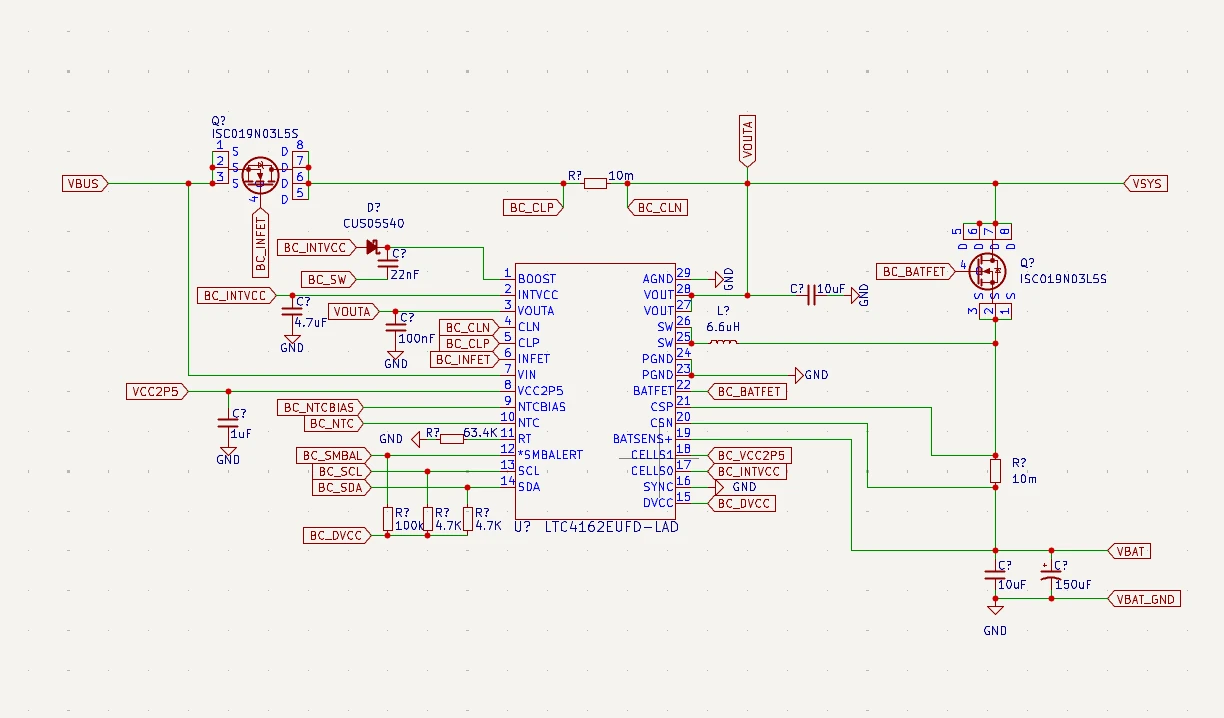Starting with this blog post, I am no longer going to add more information to existing blog posts in this series except for grammar, typo fixes and actual missing information. As result, one can see how I learn while I develop the device.
At this point, it is most likely I would not have a physical prototype of MediaCow Touch 2 prepared by August 26, 2024. My current goal for the project is to get a usable design posted on the LattePanda Forums by then. For the goal of building a working prototype, I plan to have such prototype built by November 20-24, 2024; the fourth anniversary of the completion of MediaCow Touch 1 (actual date in 2020 unknown since I lost all of the photos from the iPod Touch that I photographed it with).
Since MediaCow Touch 2 is open source hardware, there is the possibility that someone could make their own device.
Challenges
USB Type-C
Implementing USB Type-C has been confusing but I feel as I am starting to get enough of an understanding to be comfortable with whatever design I come up with. A large amount of the implementation of the two USB Type-C dual-role ports has already been completed.
Battery Management
On July 24, 2024, I switched out the TI BQ25700A for the LTC/Analog Devices LTC4162-LAD. A major part of the complexity of the BQ25700A is that it is a buck-boost charger that can charge the battery off from voltages lower than the battery pack target voltage. I envisioned that MediaCow Touch 2 would charge off from a 20v USB PD power supply so the ability to charge off from, for example, 5 volts, is not needed.
Compared to the BQ25700A, the implementation is much less complex as seen by comparing the evaluation board for the BQ25700A and the LTC4162 series.

This may be the first time I have actually completed (a draft of, at least) a battery charger circuit as in the past I would just get confused on details like where the battery fuel gauge goes or what transistors to use. As mentioned before, battery and power management has always been the main challenge with these projects, even with much smaller devices that are powered off from a single Lithium-Ion/Polymer cell and use processors that consume less than a watt of power (i.e. MediaCow Micro).
MOSFETs
For the implementation of the LTC4162-LAD, I chose Infineon ISC019N03L5S MOSFETs. I must have looked at the wrong datasheet since I thought that part used the Infineon PG-TSDSON-8 package format that was not available in KiCAD so I ended up drawing a PG-TSDSON-8 footprint from scratch which took me up to an hour. After drawing the footprint, I found out the ISC019N03L5S that I am actually using uses the PG-TDSON-8 package that has a footprint already available in KiCAD's standard libraries.
I would have the footprint I drew available though left unused by the project like many of the other symbols and footprints I have in the "mediacow" library in the repository.
Battery
The plan with the battery pack has not changed. Getting the pinout of the battery pack is crucial for completing the schematic and PCB design.